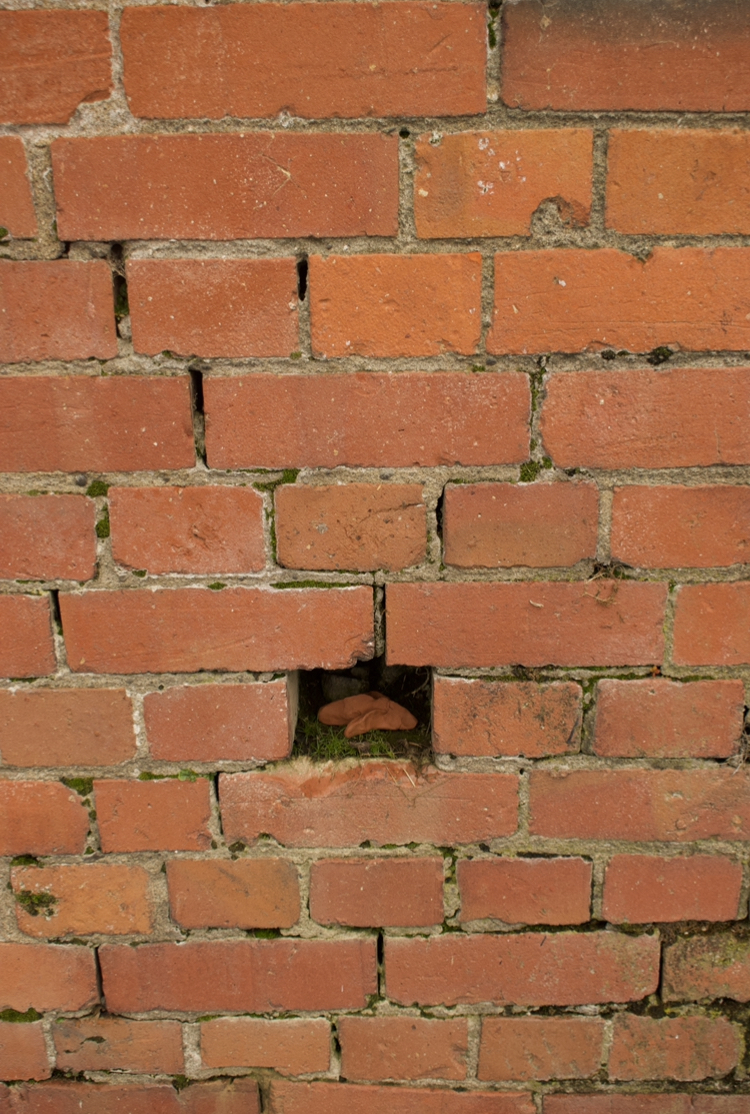A Vast Quantity Of Earth
 A VAST QUANTITY OF EARTH, 2022. 30+ unfired terracotta arrows installed in-situ along the Tasman Street retaining wall.
A VAST QUANTITY OF EARTH, 2022. 30+ unfired terracotta arrows installed in-situ along the Tasman Street retaining wall. 
Ever since I began study at Massey, the site the campus is sat upon has been of interest to me. Pukeahu (Mount Cook) has had a considerable history since colonisation arrived in Aotearoa. It has been the location of a gaol, of military barracks, of brickworks, of museums, schools, polytechnics, and universities. In the 1800s it was levelled from its original height by nearly 30 metres total. The site is full of history; wherever you are on the hill, you are always walking through unseen walls– through metres of earth.
This site-specific work consists of a number of small terracotta arrows that mimic the mark of the brickworks that functioned on the site, which operated with prison labour from the Mount Cook and later Te Aro prisons. Each brick, made from the clay deposits at the south end of the hill, was imprinted with an arrow to indicate its origin as a Crown belonging. I left these arrows in the Tasman Street retaining wall’s numerous drainage points, nooks and crannies, neither hidden from view nor drawing particular attention to themselves. Simply, they illustrate a moment where the actions of humans interweave with the processes and bodies of the earth.
The bricks are both geologic artefact and an imprint of a moment of human labour. Their voices are twofold– one is clay, pressed up against itself, transmuted beyond recognition but held in suspended animation in the site it originated from. The other is human, each brick showing the touch of an anonymous prisoner, representing a number of hours worked, loads carried, paces walked backwards and forwards down Tasman Street. What the bricks illustrate is a closeness– a place where the two voices become indistinct from one another. In this way they could be read as a future fossil; geologist and academic Kathryn Yusoff’s concept of the fossils of the Anthropocene that are yet to come. The wall, and the bricks, and the hands that made and lifted them into place, are pre-written into the geological record of this site. As she puts it, “Anthropocene fossils are a spectre of the human as fossil to come, a unified strata that names a geologic epoch defined through its trace or end”.


